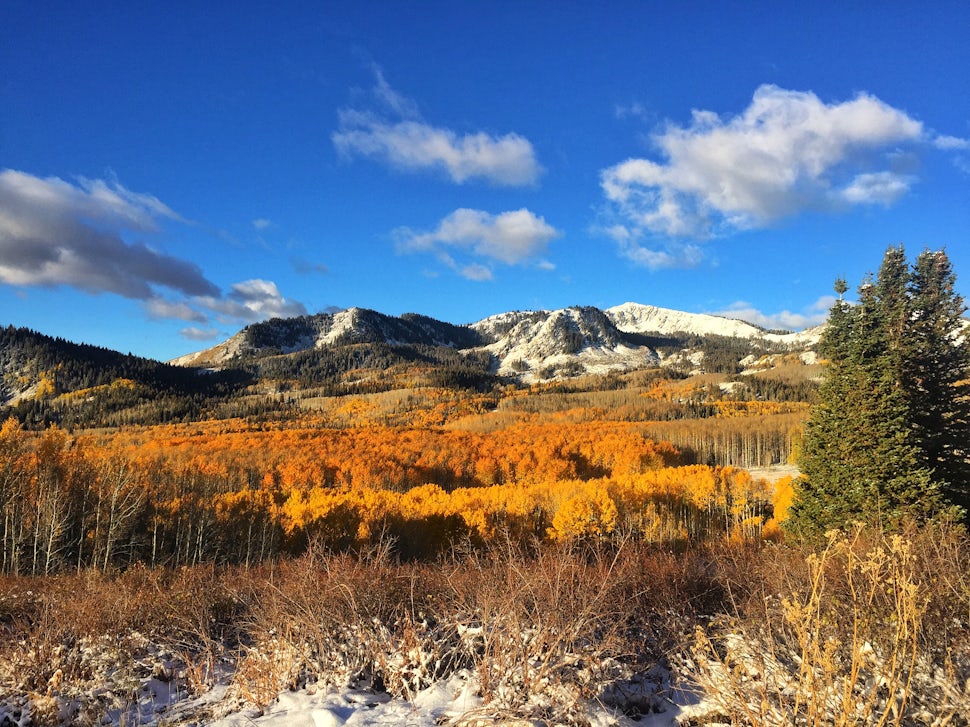How Nature Demonstrates Connection and Networking
How trees talk and connect among the forest.

From an early age I dedicated my life to being outside. All this time in nature has shaped the person I’ve become and given me, what feels like, an outsider’s perspective on our digital world. I’m noticing that for kids growing up now, their understanding of networks and communication seems more innate then it was for my generation. The philosophy of “we are all connected” is so literal for them, and although kids are spending more time on their devices and less time in nature, I think we are going to come full circle. Our community is starting to understand the importance of our connection to nature in its ongoing absence from “normal” life.
Here in Park City, Utah (where Sawyer is based) beautiful and vast groves of aspens are starting to shift from green to vibrant yellow and orange. Aspen trees seem to stand together as individual trees, but in fact they are an interconnected system sharing a hidden network of roots underground. Their leaves turn to fall colors in groupings and as the days get colder you can see each multi-tree organism stand out from the other as their leaves turn at different times.
I was fascinated to find professor of ecology Suzanna Simard’s work on networks and communication in forests. She discovered that not only do multi-treed organisms like aspens communicate, but that the whole ecosystem is “talking” with a network of micelle fungus. In her study of birch and fir trees, she demonstrated how different species actually send each other resources and communicate about tons of things like incoming threats and even seek out their kin.
I was taken aback by the fact that the trees of the forest not only talk but actually support each other. This complex collaboration between seemingly separate species of trees is nature’s example of “one love”- You see, in the winter, spruce trees share their carbon with aspen trees while their leaves are gone, and aspen trees give carbon to spruce trees in the summer. This is only one example as the research is finding collaborations all over the forest.
I think Darwin would be amazed at these collaborations; the forest is not a place solely thriving on “survival of the fittest” but an inter-connected network of support. The ecosystem is composed of living individual plants that thrive by both giving and receiving. The old cliché “it's better to give then to receive” may have been on to something in a world of takers. However, nature is exemplifying balance between both.
Most simply, we experience this same give and receive through breath. You didn’t know you were also connected into this forests ecosystem? Well, we breathe in the oxygen that the trees give and we breathe out carbon that the trees receive. You didn’t know you were already part of a Utopian collective? Well now you do, so go ahead, get outside!
With a spirit of adventure,
Cindi Lou Grant, The Sawyer Kid Co.
We want to acknowledge and thank the past, present, and future generations of all Native Nations and Indigenous Peoples whose ancestral lands we travel, explore, and play on. Always practice Leave No Trace ethics on your adventures and follow local regulations. Please explore responsibly!
Do you love the outdoors?
Yep, us too. That's why we send you the best local adventures, stories, and expert advice, right to your inbox.











